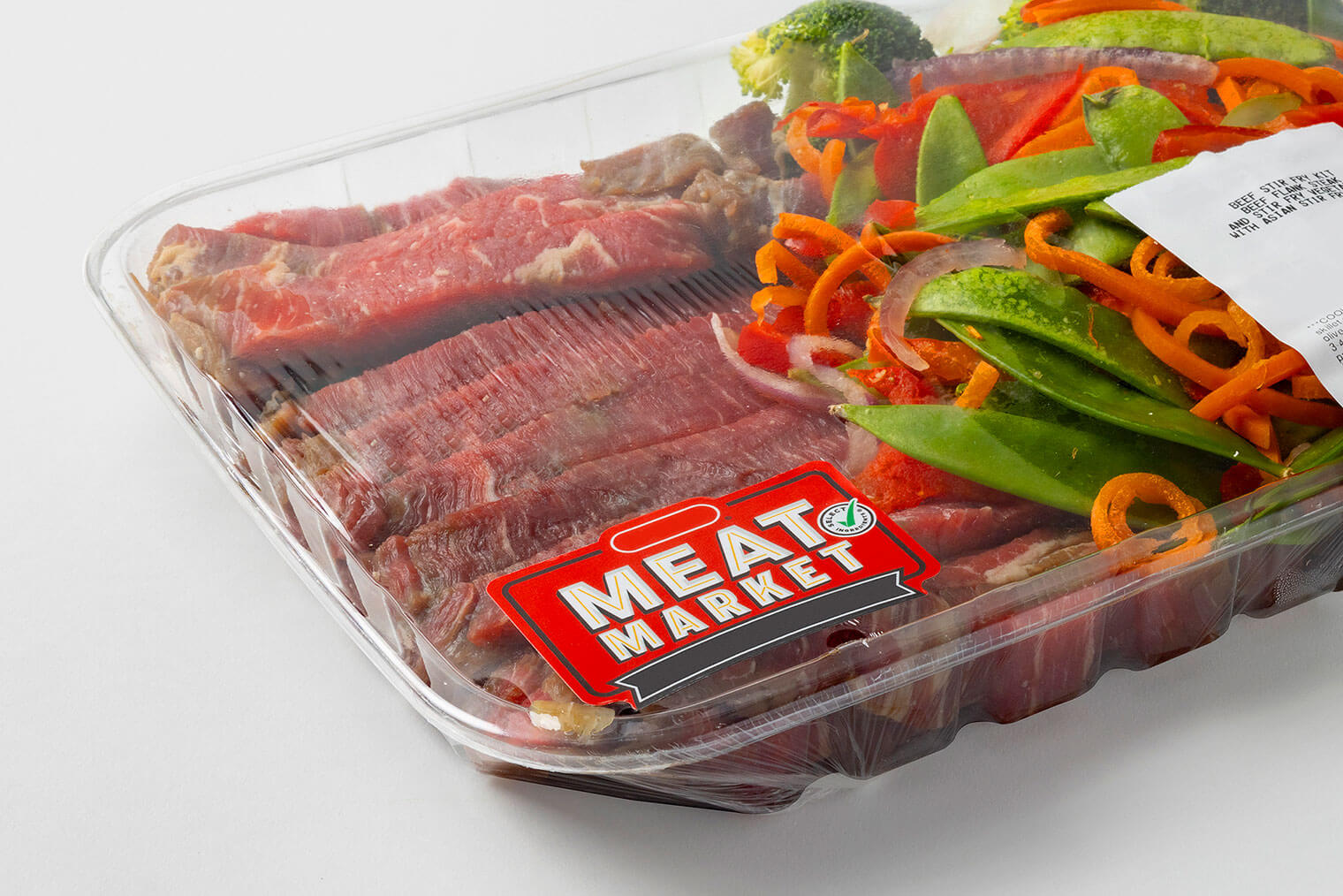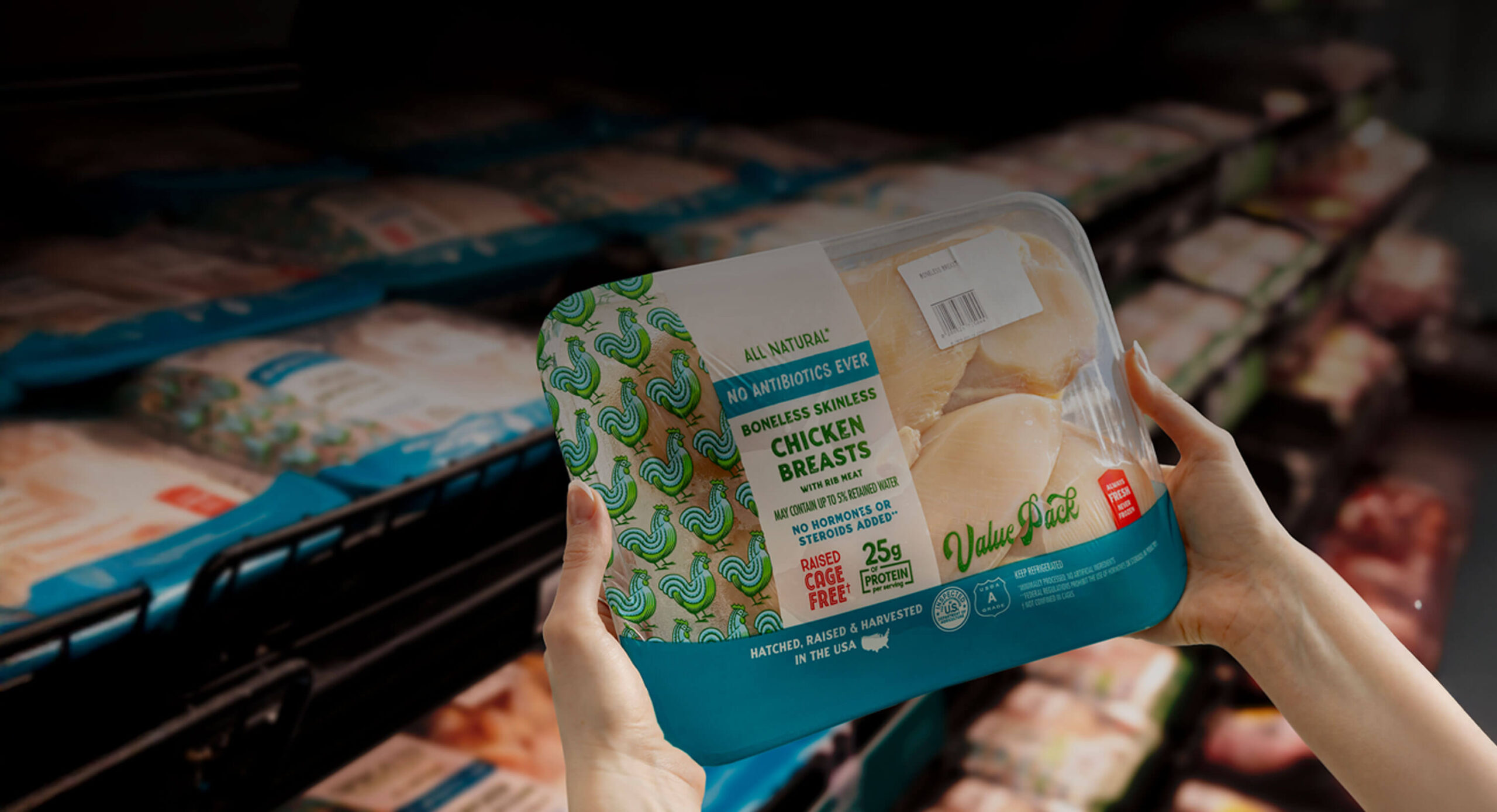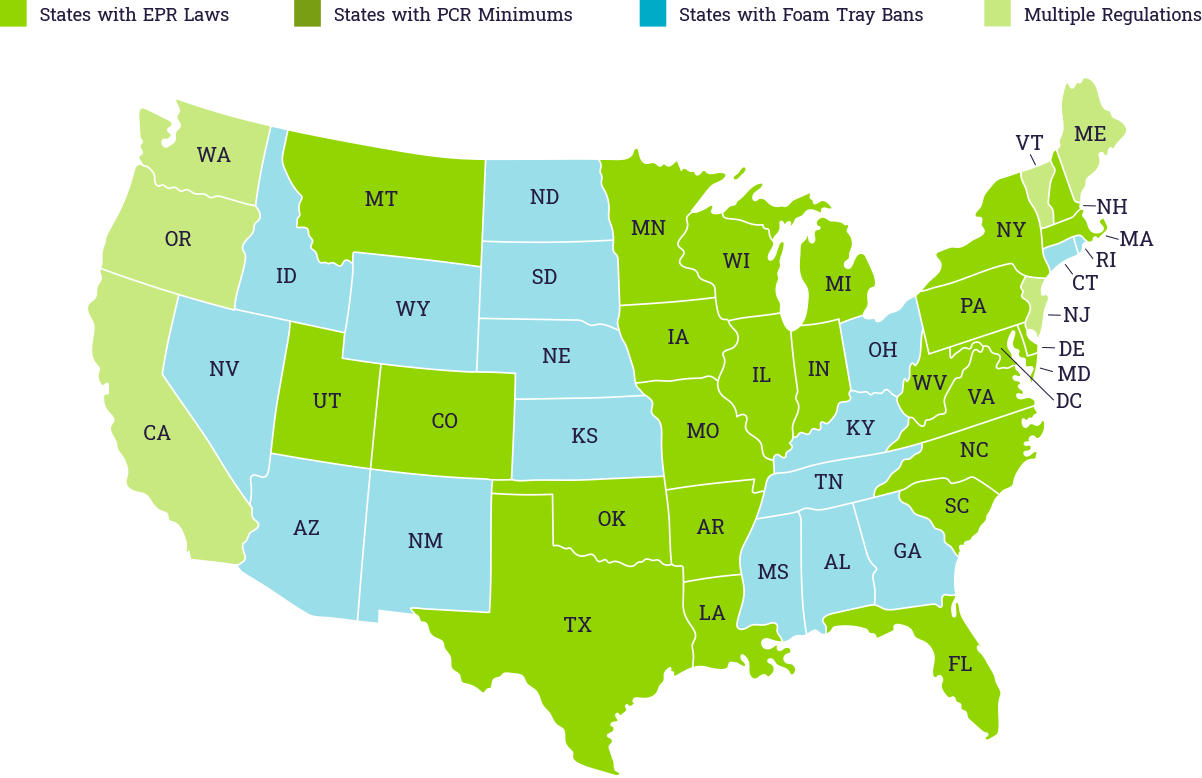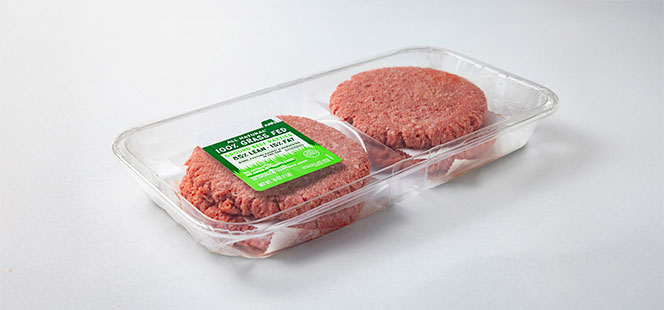
PET Thermoform vs Styrofoam Food Trays: The Complete Performance and Sustainability Comparison
Learn More15% Post-Consumer Recycled Content: How Clearly Clean PET Trays Lead in Sustainable Innovation
Learn More
Food Safety & Shelf Life: How Packaging Choice Impacts Product Quality and Waste Reduction
Learn More
Supply Chain Resilience: Building Sustainable Packaging Partnerships for Long-Term Success
Learn More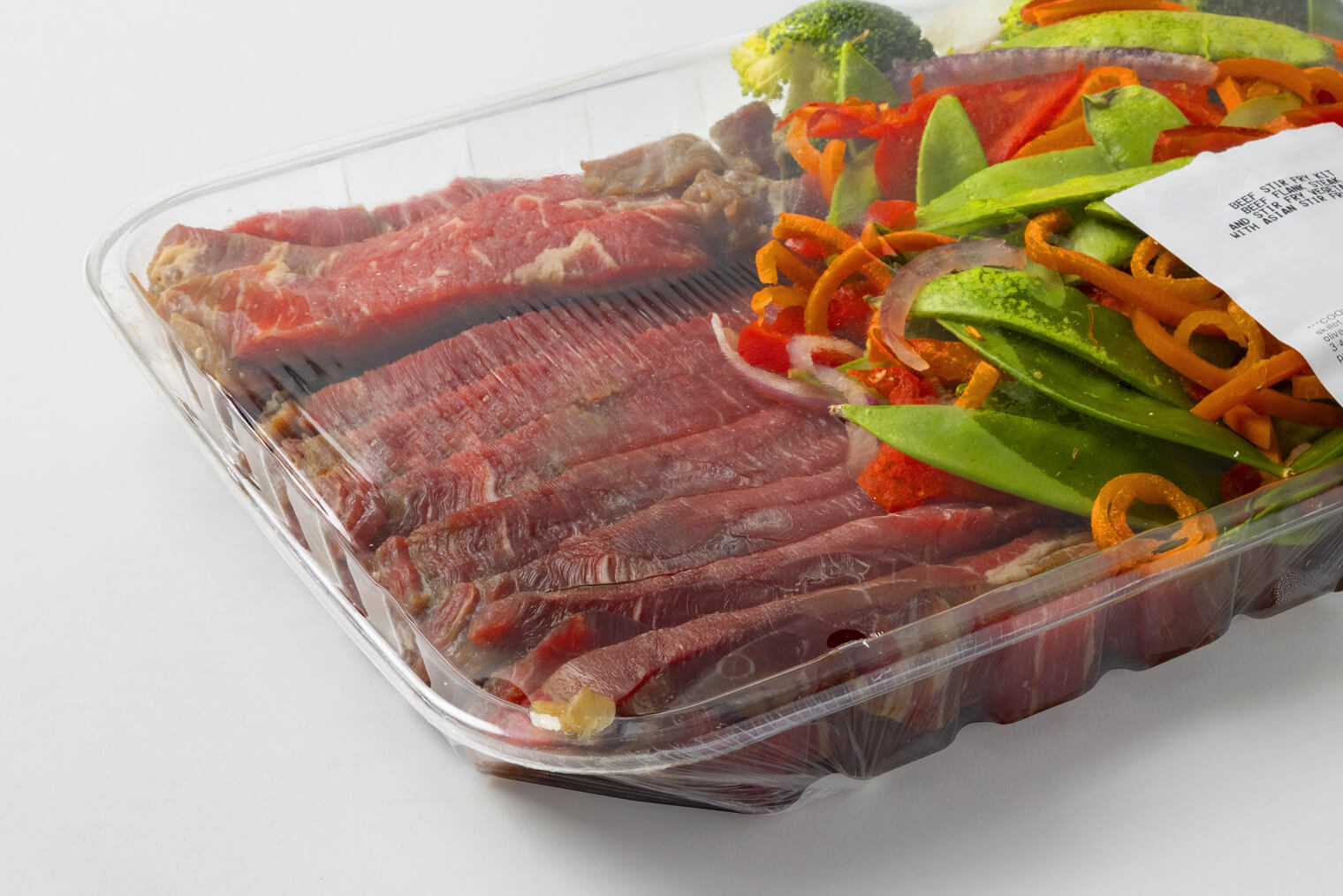
The Hidden Costs of Food Packaging: A Complete Cost Analysis for Processors and Retailers
Learn More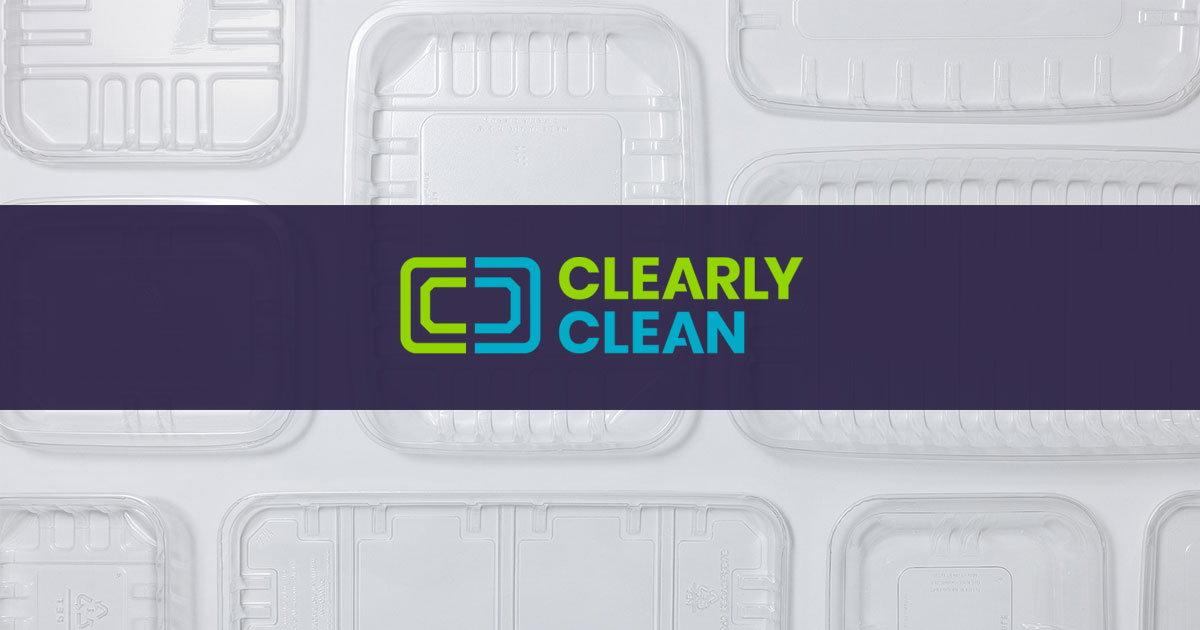
Oregon EPR Requirements: A Complete Guide for Food Retailers Navigating the 2025 Transition
Learn MoreFAQs
Clearly Clean uses food-grade PET (#1) to produce our 100% recyclable food trays.
Yes, our Roll Over-Wrap™ trays can be rinsed and placed into a recycle bin along with other recyclable products like water bottles.
Not all plastics are recyclable. While PET (#1) and HDPE (#2) are widely accepted, others like PVC (#3) and polystyrene (#6) are harder to recycle. Recycling depends on local programs, so it’s best to check guidelines and focus on reducing and reusing.
Yes, our trays are compatible with all leading overwrap and lid seal equipment. For more information, contact sales@clearlyclean.com.
Clearly Clean supplies trays in a variety of sizes commonly used in the poultry, meat, seafood, and produce industries. Plus, we offer custom design and fabrication for virtually any application. To learn more, contact sales@clearlyclean.com.
Yes, we offer custom design services on a case-by-case basis. Please contact sales@clearlyclean.com to discuss your needs. Variables can include – but are not limited to – shape, configuration, material thickness, color, pad type, pad insertion, and more.
No, PET is not microwaveable due to its melting point.
We typically sell in TL quantities to optimize transportation costs. Smaller orders may be subject to additional shipping costs. For exclusive agreements for custom work, we generally require a commitment that ensures allotted materials are used.
BRCGS – AA Rating in 2025.
Yes, all our materials are food grade approved.
Clearly Clean trays are 100% made in the USA at three manufacturing sites: Orwigsburg, PA; Frackville, PA; and Greensboro, NC.
Clearly Clean trays are shelf stable within 12 months of manufacture in standard storage conditions in a temperature range of -20° F to 140° F.
Yes, we see these elements as interconnected pieces of a bigger puzzle: a circular economy. In this approach, materials stay in use longer, waste is minimized, and resources are conserved.
Sustainability aims to reduce impact throughout the product lifecycle. Recyclability means packaging stays in the cycle instead of being discarded. Post-consumer recycled content closes the loop by reusing plastic that’s already been used. Lightweighting reduces material consumption without sacrificing performance.
Together, these tactics support our guiding principle: Keep valuable materials in circulation to reduce waste. That’s “circularity” – a holistic strategy that addresses every stage in a product’s life cycle.
U.S. Packaging Regulations
Stay informed and up-to-date about evolving state regulations that affect packaging requirements.

